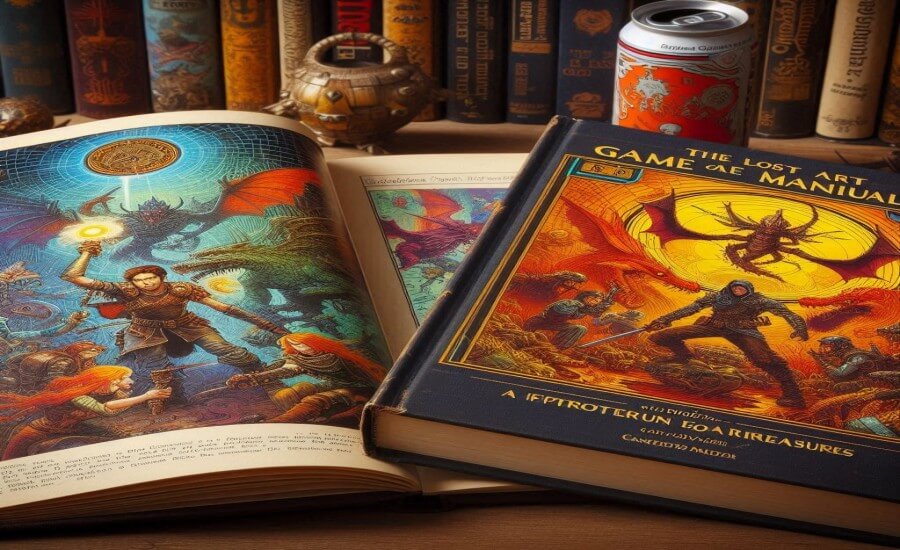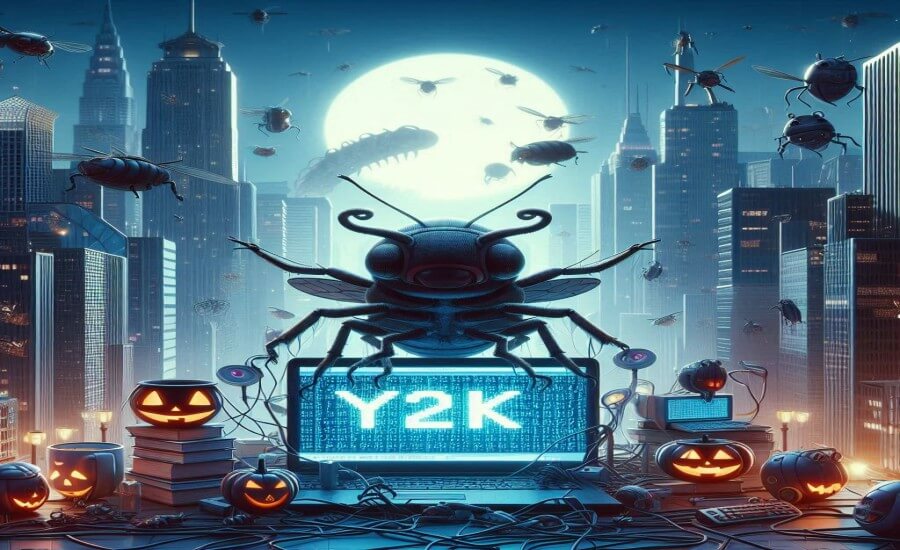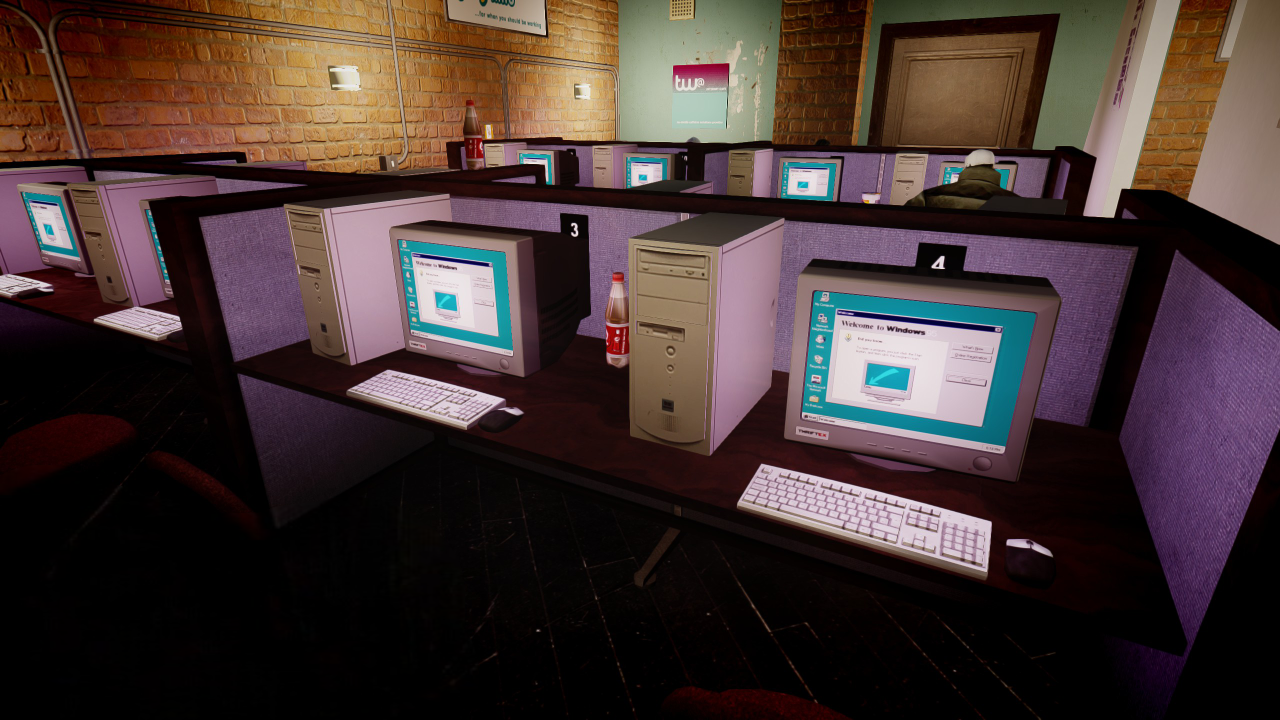Do you remember the relentless beeping? The tiny, egg-shaped plastic keychain demanding your attention? Feeding it, cleaning up its pixelated droppings, playing simple games – the weight of virtual life resting in your palm. The Tamagotchi craze of the mid-90s wasn't just a fad; it was a milestone in a fascinating journey – the evolution of virtual pets. From simple screen simulations to complex AI companions, let's nurture the history of these digital friends.
The Genesis Era: Digital Life Takes Shape (Pre-1990s)
[ERA IMAGE SUGGESTION: A screenshot from the 1985 Activision game "Little Computer People," showing the tiny simulated person in their digital house.]
Before pocket pets beeped for food, the concept of artificial life flickered on computer screens. Early programmers explored simulations like John Conway's "Game of Life" (1970), demonstrating how simple rules could create complex, evolving patterns. While not pets, these cellular automata explored the foundations of digital existence.
More direct precursors emerged in the 1980s. Games like Activision's "Little Computer People" (1985) simulated tiny inhabitants living in a digital house on your Commodore 64 or Apple II. You couldn't directly control them, but you could interact by providing food or playing records, observing their simple routines and needs. Around the same time, early screen-cursor-chasing programs like "Neko" (Japanese for cat) offered a playful digital creature that reacted to your mouse movements. These weren't yet pets requiring constant care, but they established the idea of independent digital entities sharing our computer screens.
Tech Spotlight: Little Computer People (1985)
- Concept: A "software toy" simulating a person living inside the computer. Limited direct control, focused on observation and basic interaction.
- Significance: One of the earliest examples of simulating autonomous digital characters with basic needs and behaviors on home computers, laying conceptual groundwork for later virtual pets.
Parallel Developments
Home computers like the Commodore 64 and Apple II were becoming popular. Early concepts of Artificial Intelligence were being explored in academic circles. Basic life simulation elements appeared in some video games.
User Experience Snapshot
Interacting with these early digital life forms felt novel and experimental. Watching your Little Computer Person go about their day or having Neko chase your cursor was a glimpse into a future where computers could host more than just spreadsheets or text. It was less about responsibility and more about curiosity.
The Breakthrough Years: The Keychain Craze & PC Pals (Mid-Late 1990s)
[ERA IMAGE SUGGESTION: A collection of colorful, egg-shaped Tamagotchi keychains, perhaps showing different pixelated creatures on their screens. Circa 1997.]
Everything changed in 1996 (Japan) and 1997 (worldwide) with the launch of Bandai's Tamagotchi. Created by Aki Maita and Akihiro Yokoi, this small, egg-shaped keychain device housed a simple pixelated alien creature that required constant care. You had to feed it, play with it, clean up after it, administer medicine, and discipline it using three small buttons. Neglect could lead to sickness or even virtual "death." The Tamagotchi became a global phenomenon, a must-have playground accessory, selling millions upon millions. It tapped into nurturing instincts and the desire for companionship, albeit in a demanding, beeping package. Competitors like Giga Pets and Nano Pets quickly followed, flooding the market with similar digital dependents.
Simultaneously, virtual pets evolved on the PC. PF. Magic's Petz series (starting with Dogz and Catz in 1995) offered a different experience. These weren't about constant need-fulfillment but focused on direct interaction. You could pet your virtual dog or cat with the mouse cursor, teach it tricks, watch it explore playscenes, and even breed them (in later versions). They felt more like interactive digital toys than demanding dependents.
Tech Spotlight: Tamagotchi (Bandai, 1996/1997)
- Form Factor: Small, portable egg-shaped keychain with LCD screen and buttons.
- Gameplay: Real-time care simulation (feed, clean, play, discipline). Creature evolves based on care; can get sick or "die" from neglect.
- Impact: Massive global fad, defined the virtual pet genre for a generation, sparked controversies (school bans), sold over 80 million units early on.
Tech Spotlight #2: Petz (PF. Magic/Ubisoft, 1995 onwards)
- Platform: PC (Windows/Mac).
- Gameplay: Focus on direct interaction, play, and customization rather than strict need simulation. Adopt, pet, play fetch, dress up, breed (later versions).
- Impact: Offered a deeper, less stressful virtual pet experience on PC, fostering a dedicated online community focused on customization and breeding ("hexing").
Unexpected Consequences
Tamagotchis were frequently banned from schools due to their constant, disruptive beeping. The potential for pets to "die" caused genuine distress for some children, sparking debates about emotional attachment to virtual entities.
User Experience Snapshot
Do you remember the anxiety of hearing your Tamagotchi beep during class? The pride in raising it to a specific adult form? Or the fun of using the mouse to "pet" your Catz or Dogz on the computer screen, watching them react? This era cemented the core appeal: nurturing and interacting with a digital creature that felt, in some small way, alive and dependent on you.
The Refinement Period: Online Worlds & Physical Links (Late 1990s - Early 2000s)
[ERA IMAGE SUGGESTION: A screenshot of the Neopets website, showcasing customizable Neopets, the world map, and various activities like games or shops. Circa early 2000s.]
As the internet became more accessible, virtual pets moved online, evolving from single-player experiences into vast, persistent communities. Launched in 1999, Neopets became the titan of this era. It allowed users to adopt multiple virtual pets, customize them, build virtual homes ("Neohomes"), play hundreds of mini-games, participate in plot events, collect items, and interact with other users via forums and guilds – all within a sprawling online world called Neopia. It combined pet care with collection, gaming, and social networking, creating an incredibly "sticky" experience with its own virtual economy (Neopoints).
This period also saw attempts to bridge the gap between physical toys and virtual worlds. Furby (1998), while primarily a physical electronic toy, had interactive and learning capabilities that mimicked virtual pet evolution. Later, Webkinz (2005) explicitly linked the purchase of a physical plush toy to unlocking a corresponding virtual pet and world online, creating a powerful collecting and engagement loop.
Tech Spotlight: Neopets (1999 onwards)
- Platform: Website-based virtual world.
- Gameplay: Adopt/customize pets, explore Neopia, play mini-games, collect items, trade, participate in plots, interact with community. Less focus on real-time care, more on activities and economy.
- Impact: Defined the web-based virtual pet genre. Built a massive, dedicated community and a complex virtual economy. Remained popular for over a decade.
Milestone Markers
- 1998: Furby launches, blurring physical/digital toy lines.
- 1999: Neopets launches, pioneering the web-based virtual pet world model.
- 2005: Webkinz launches, successfully linking physical plush toys to online virtual pets.
User Experience Snapshot
Logging into Neopets felt like entering another world. You'd do your "dailies" (free activities), play games to earn Neopoints, browse user shops for rare items, and chat with friends on the Neoboards. It was less about constant care and more about building your account, collecting, and being part of a huge online community centered around your virtual pets.
The Revolution: Touching & Talking to Your Pets (Mid-Late 2000s - Early 2010s)
[ERA IMAGE SUGGESTION: A Nintendo DS console displaying Nintendogs, with a stylus interacting with a virtual puppy on the touch screen. Circa 2005.]
New hardware interfaces brought new ways to interact with virtual companions. The launch of the Nintendo DS, with its touchscreen and microphone, enabled Nintendogs (2005) to offer unprecedented levels of direct interaction. Players could "pet" their virtual puppies using the stylus, teach them tricks using voice commands via the microphone, walk them, bathe them, and enter them in competitions. The realism and intuitive controls made Nintendogs a massive critical and commercial success, selling nearly 24 million copies and demonstrating the appeal of more sophisticated pet simulations on handhelds.
This era also saw the explosion of smartphones and mobile apps. While early mobile virtual pets often resembled simpler Tamagotchi-style experiences, the potential of touchscreens, accelerometers, cameras, and constant connectivity began to emerge, paving the way for the next generation of digital companions always available in your pocket.
Tech Spotlight: Nintendogs (Nintendo DS, 2005)
- Interaction: Utilized touchscreen (petting, washing, playing fetch) and microphone (voice commands for tricks).
- Gameplay: Focus on realistic puppy simulation – training, grooming, walking, competing in trials. Less about survival, more about bonding and achievement.
- Impact: Huge commercial success. Showcased how new hardware interfaces could deepen interaction with virtual pets. Won numerous awards.
Parallel Developments
Smartphones (especially the iPhone, 2007) become mainstream. Mobile app stores launch, creating a new platform for games and virtual pets. Social networking on mobile grows rapidly.
User Experience Snapshot
Talking to your Nintendog and seeing it react felt groundbreaking. Using the stylus to pet it provided a new level of tactile connection. Taking your virtual puppy for walks and meeting other virtual dogs (via local wireless) added a social dimension. On mobile, early virtual pet apps offered convenient, if often simple, ways to carry a digital friend.
The Modern Landscape: AI Companionship & Nostalgia Loop (Mid-2010s - Present (2025))
[ERA IMAGE SUGGESTION: A modern smartphone displaying a sophisticated virtual pet app with detailed graphics and perhaps an AI chat interface element, alongside a newly released Tamagotchi Uni or Bitzee toy.]
Today, the virtual pet landscape is diverse, driven by mobile platforms, nostalgia, and advancements in Artificial Intelligence. Mobile games remain dominant, ranging from simple idle pet collectors to more complex simulations. Many leverage free-to-play models with cosmetic microtransactions.
Nostalgia is a powerful force. Bandai continues to release new Tamagotchi models (like the Tamagotchi Uni with Wi-Fi features) and re-releases of the original, finding success with both original fans and younger generations. Giga Pets and other 90s brands also see revivals. Toys like Bitzee blend physical interaction with a digital display, creating novel experiences.
Perhaps the most significant evolution is the integration of AI. While true sentient companions are still science fiction, AI allows for more complex personalities, adaptive behaviors, and natural language interaction in some virtual pet/companion apps (like Replika, though it's more human-focused, or specialized AI pet projects). These AI companions aim for deeper emotional connection and more believable interactions than simple programmed responses. This trend is global, with mobile gaming and AI development booming worldwide, including significant activity and user bases in countries like India. Furthermore, many mainstream video games now feature complex animal or creature companions that fulfill similar roles, offering companionship and assistance within larger game worlds. Adjacent concepts like blockchain-based pets (e.g., Axie Infinity's model) explore digital ownership and play-to-earn mechanics.
Tech Spotlight: AI-Powered Interaction & Mobile Platforms
- AI Integration: Enables more complex personalities, learning behaviors, natural language processing (in some companion apps), making interactions feel less scripted.
- Mobile Dominance: Smartphones are the primary platform for modern virtual pets, offering touch interaction, connectivity, and powerful processing for AI and graphics.
- Nostalgia Factor: Drives sales of re-released classic virtual pets and influences the design of new ones.
Price Point Perspective
Mobile virtual pets often use a freemium model (free to download, optional in-app purchases). Nostalgia re-releases might cost $20-$60. More advanced AI companions often involve subscriptions.
User Experience Snapshot (2025)
You might download a free mobile game to raise a cute creature with idle mechanics, buy a new Tamagotchi Uni for nostalgic fun with modern connectivity, interact with an AI companion app that learns your preferences, or bond with your animal sidekick in a large open-world RPG. The options are varied, catering to different levels of desired interaction and complexity.
Full Circle Reflections
From the basic need-fulfillment loops of early keychain pets designed to teach responsibility (and sell millions), we've evolved through interactive PC playmates, sprawling online communities, touch-and-voice controlled console simulations, and now into an era exploring AI-driven personalities and leveraging powerful mobile devices. The core desire seems constant: a digital entity to care for, interact with, and form an emotional connection with. What began as simple pixels on a tiny screen now incorporates complex AI, global connectivity, and sometimes even physical interaction.
The Legacy Continues
Virtual pets have left an indelible mark. They introduced millions to concepts of digital responsibility and life cycles. They pioneered mechanics used in simulation and casual games. Neopets shaped early online communities and virtual economies. Nintendogs showcased innovative interface use. Today, they continue to push boundaries in AI interaction and explore new models of digital ownership, proving that our fascination with digital companions is far from extinct.
FAQ: Your Virtual Pet Queries
- What was the first virtual pet? Defining the "first" is tricky. Little Computer People (1985) simulated digital inhabitants. Neko (late 80s) was a screen-cursor chasing cat. However, Tamagotchi (1996/1997) is widely considered the first mass-market, dedicated handheld digital pet that popularized the concept globally.
- What is a Tamagotchi and why was it so popular? A Tamagotchi is a small, egg-shaped keychain virtual pet created by Bandai. It became a massive fad in the mid-to-late 90s due to its novelty, portability, nurturing gameplay (feeding, cleaning, playing), and the sense of responsibility it engendered (it could "die" if neglected).
- What happened to Neopets? Neopets is still active, though its peak popularity was in the 2000s. After being acquired by Viacom (2005) and later JumpStart Games (2014), it faced challenges with site transitions (especially the end of Flash support) and changes in ownership. It underwent new management/investment starting in 2023 aiming for revitalization.
- What are Nintendogs? Nintendogs (2005) was a highly successful real-time pet simulation game for the Nintendo DS. It allowed players to adopt, train, pet (using the touchscreen), and interact with virtual puppies using voice commands (via the microphone). A sequel, Nintendogs + Cats, was released for the Nintendo 3DS.
- Are virtual pets still popular today (2025)? Yes, though the form has evolved. While the keychain fad isn't as massive, nostalgia drives strong sales for Tamagotchi re-releases and new models. Mobile virtual pet games are very popular globally. AI companion apps are a growing field. Elements of virtual pets are also common as companion creatures in larger video games.



